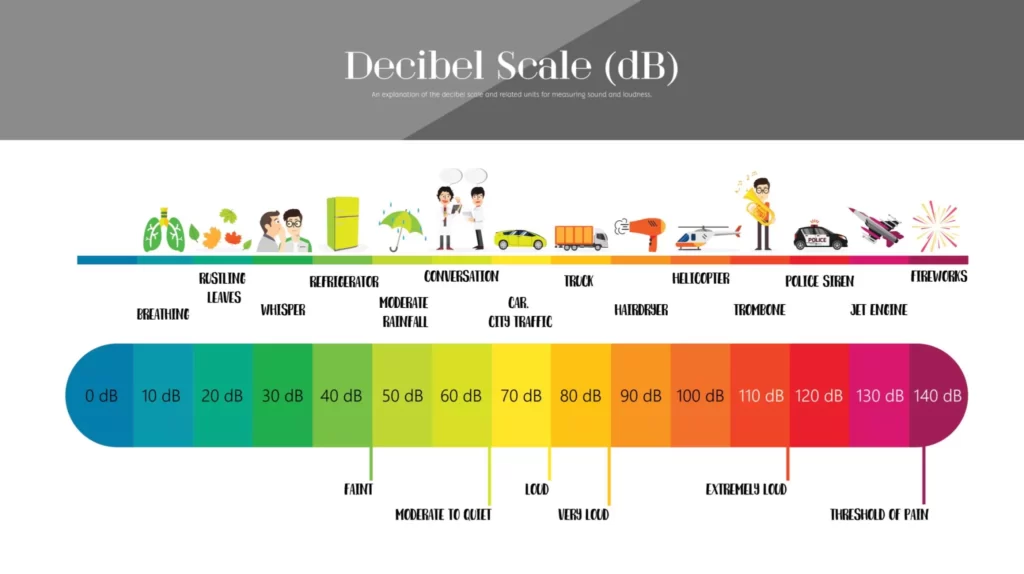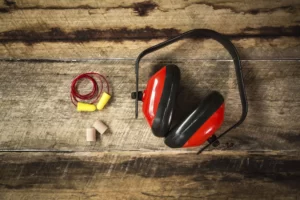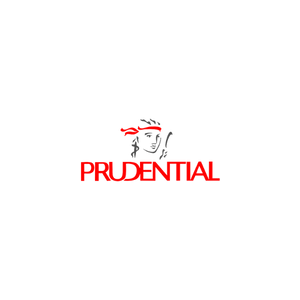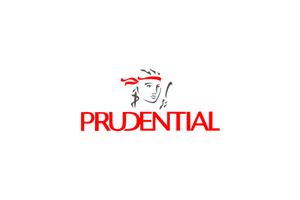Protecting Your Hearing
Home | Services | Ear, Hearing Loss & Audiology | Protecting Your Hearing
Hearing Loss Is Potentially Irreversable
It is essential for everyone to take care of their ears and hearing, as damage to the auditory system could be irreparable. However, if you have hearing loss it is especially important to preserve and protect your remaining hearing as communicating freely with others is vital.
As hearing loss generally occurs gradually, many people don’t notice the subtle decline until friends or family members point it out. Our brains are very good at filling in the gaps through a combination of lipreading and knowing the context of the conversation, hence hearing loss often goes unnoticed.
Hearing is delicate and susceptible to damage, even from everyday activities and environments. Whatever level of hearing you have it is crucial to do everything you can to preserve it.
How Loud is Too Loud?

Managing The Sound Environment At Home
Become familiar with the decibel levels of common everyday activities such as vacuuming the floor or blow-drying your hair. The home can be acoustically optimized– soft furnishings, carpets and curtains, are good at absorbing noise and improving the listening environment.
How To Protect Your Hearing At A Concert
Certain large events can be noisy and push the boundaries of safe listening levels. These include air-shows, firework displays, music events and football matches. Consider noise protection i.e. earplugs or ear defenders. Don’t stand too close to loudspeakers, especially in an environment where you have no control over the volume. If necessary, invest in custom ear plugs for greater noise protection.
Protecting Your Ears While Swimming
Avoid getting water into your ears if you swim regularly in cold water or rough seas by investing in custom swim plugs.
Ear Care
DO NOT poke anything in your ear canal, not even cotton buds.
How To Protect Your Hearing At Work
The risk to hearing from noise at work is dependent on the sound levels (acoustic power). The safe exposure limit is calculated from a combination of exposure time and sound intensity (level).
The noise level where employers must provide hearing protection is a daily or weekly average exposure of 85 decibels. Reducing the noise level by only three decibels would allow a doubling of the exposure time.
If hearing protection is recommended wear it correctly in all areas – for hearing protection to be effective you must wear it 100% of the time. Find ear protection which is comfortable for you, whether ear plugs, ear muffs or a combination of the two.
If the company you work for offers annual hearing checks, book yourself in and monitor your hearing.
How To Listen To Music Safely (On Phones & Portable Devices)
- Set your headphone volume levels when you’re in a quiet environment, not a place with lots of competing sounds .
-
Lower the volume if you can’t hear those around you speaking.
- Avoid using a listening device where lack of attention to your surroundings could be dangerous, for example whilst driving or operating machinery.
- Pay attention to how long you listen to music at high volume. Your ears adapt to higher volume settings over time meaning that you can damage your hearing even if the intensity doesn’t seem uncomfortable to your ears.
- The louder the volume, the less time noise takes to affect your hearing. If you experience ringing in your ears or speech sounds muffled, stop listening and get your hearing checked as soon as possible.
Different Types Of Ear Protection
A wide range of technical hearing protection products are available. Quality ear plugs will reduce the overall level of sound while maintaining an even balance across the sound spectrum. This means that you can still hear everything clearly, although the overall sound level is reduced. The greater the number of decibels of attenuation by the ear plugs, the better overall protection they offer.
Non-custom Ear Plugs
This type of ear protection is seen as the most basic form. Plugs can be made out of:
- Memory foam (where the plug is rolled up and inserted into the ear canal)
- Silicone (which is rolled into a ball and pressed into the ear to mould over the ear canal)
- Flanged (where they achieve a seal down to their tapered shape)
- Tapered ear plugs inserted into the ear to obtain a seal against the noise
 One of the advantages of non-custom ear plugs is that they are disposable and therefore more hygienic. Non-custom plugs are also available fitted with specific filters for use in a variety of situations including at work, on aeroplanes, at parties and whilst asleep.
One of the advantages of non-custom ear plugs is that they are disposable and therefore more hygienic. Non-custom plugs are also available fitted with specific filters for use in a variety of situations including at work, on aeroplanes, at parties and whilst asleep.
Ear Muffs Or Defenders
Ear muffs or defenders have cups lined with sound-deadening material. The protection usually comes from acoustic foam which absorbs sound waves by increasing air resistance, thus reducing the amplitude of the waves.
Custom Hearing Protection
Customised earplugs, which attenuate sounds across all frequencies rather than just low and mid-frequencies, can be of particular interest to musicians looking for ear protection. These ear plugs are designed to protect your hearing, while delivering clear and natural sound across all frequencies. Impressions of your ears can be taken and a custom set of ear plugs can be manufactured for your specific needs.










